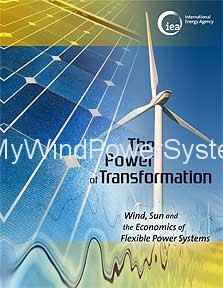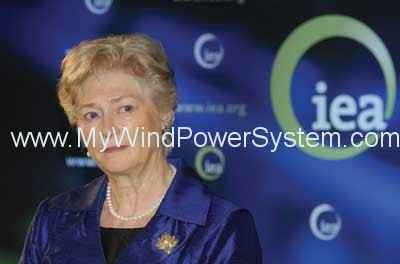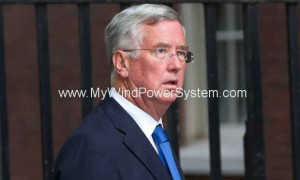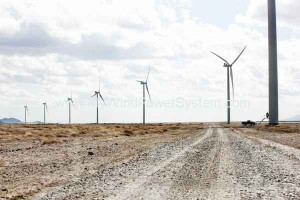The International Energy Agency’s ground-breaking study confirms that integrating high shares – 30% or more of annual electricity production- of wind and solar PV in power systems can come at little additional cost in the long term. However, and crucially, the costs depend on how flexible the system currently is and what strategy is adopted to develop system further flexibility over the coming years and decades. The is where the crux of the study is- managing this transition to increased flexibility will be more difficult for some countries or power systems than others. It will not be the same for every country.
The IEA’s Executive Director is Maria van der Hoeven and she introduced the study “The Power of Transformation- Wind, Sun and the Economics of Flexible Power Systems” by saying:
“Integrating high shares of variable renewables is really about transforming our power systems. This new IEA analysis calls for a change of perspective. In the classical approach, variable renewables are added to an existing system without considering all available options for adapting it as a whole. This approach misses the point. Integration is not simply about adding wind and solar on top of ‘business as usual. We need to transform the system as a whole to do this cost-effectively.”
At the present time, wind and solar PV account for just 3% of world electricity generation. But when you look at certain countries they are leading the way with very high shares. In Italy, Germany, Ireland, Spain, Portugal, and Denmark, wind and solar PV accounted respectively from 10-30% of electricity generation for the year as a whole in 2012.
The report says that for any country, integrating the first 5-10% of VRE generation poses no real technical or economic challenges, provided that three conditions are met:
1. Uncontrolled local “hot spots” of VRE deployment must be avoided,
2.VRE must contribute to stabilising the grid when needed, and
3. VRE forecasts must be used effectively.
Why are these lower levels of integration are possible within existing systems? Because the same flexible resources that power systems already use to cope with the variability of demand can be used to help integrate variability from wind and solar power. Such resources can be found in the form of flexible power plants, grid infrastructure, storage and demand-side response.
However, going beyond the first few per cent to reach shares of more than 30% will require a significant transformation of the system. The study cites three main requirements for this transformation:
1. Deploying variable renewables in a system-friendly way using state-of-the art technology,
2. Improving the day-to-day operation of power systems and markets, and finally
3. Investing in additional flexible resources.
The study says that the ease of transformation will depend on whether a power system is “stable,” (meaning no significant investments are needed to meet demand in the short term) or “dynamic” (where significant investments are required in the short-term, to meet growing power demand or replace old assets).
The study is particularly welcome in that it clarifies the very different perception of wind and solar from country to country.
In “stable” systems, such as those in Europe, the existing asset base will help to provide sufficient flexibility to increase VRE generation further. However, without growth in demand, increasing VRE generation comes at the detriment of existing generators and puts the system as a whole under a degree of economic stress. The transformation challenge in stable systems is to both up-scale the new, flexible system while down-scaling the inflexible part of the old. Does this translate into tough policy questions for stable country governments about how to handle the distributional effects- in particular, if other power plants need to be retired before the end of their lifetimes who will pay for the abandoned assets? To address these issues will require an alliance and full cooperation and collaboration between government policymakers and the wind and solar power industries.
By contrast, in “dynamic” power systems such as in India, China, Brazil and other emerging economies, wind power and solar PV can be cost-effective solutions to meet incremental demand. For these countries, VRE grid integration must be a priority from the start. With robust investments, a flexible system can be built from the very start, in parallel with the deployment of variable renewables. Without legacy renewable systems such as in Europe, they have a real opportunity to create a 21st-century power system quickly and relatively easily.




